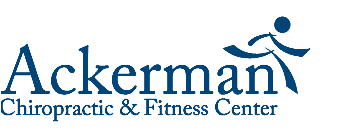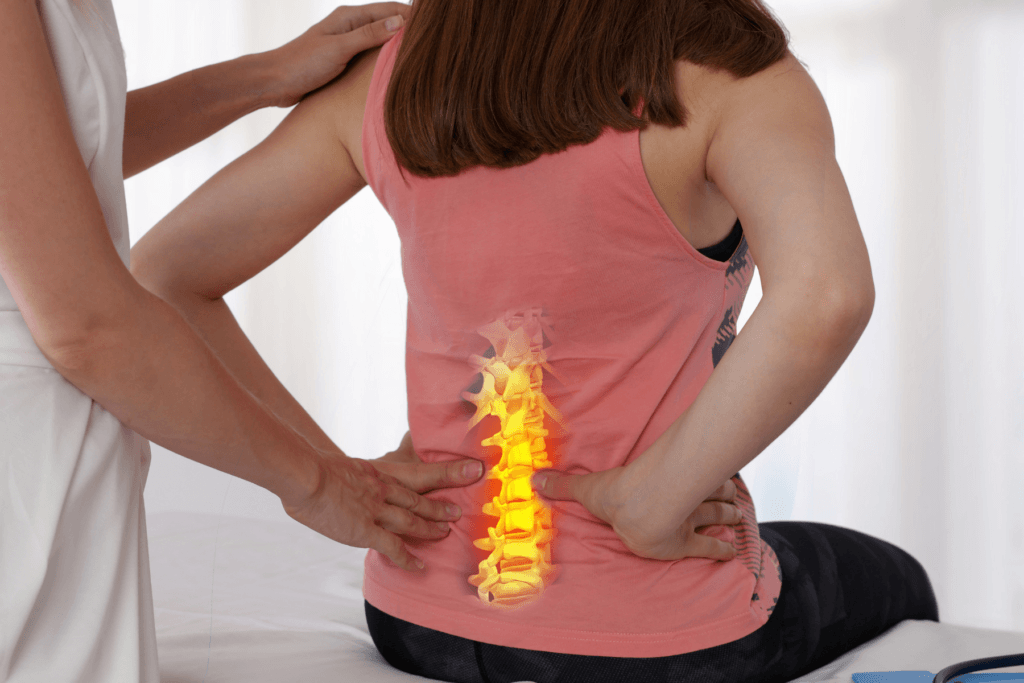
Heat/Cold Therapy
Are you suffering from pain and swelling after a sports injury? Did household chores spur arm, back, or neck pain? Are you about to have surgery on a knee or elbow?
Those are some of the many situations where heat and cold therapy may prove useful. Learn more about thermotherapy (heat therapy), cryotherapy (cold therapy), and electrotherapy at Ackerman Chiropractic in Wadesville. While most of us think of treating sore muscles with heat or cold, heat and cold therapy can also work for joint pain.
Heat and ice are the two most common types of passive, non-invasive, and non-addictive therapies. Heat and cold can be used alternatively and are often used as a prelude to exercise therapy. Hot and cold agents should always be used with caution. It is a good idea to seek the advice of a healthcare professional prior to use.
If you are looking for expert care after an injury, contact Dr. Ackerman to schedule an appointment

Heat Therapy
Also known as ‘thermotherapy’ this is the use of heat, usually heating pads, to increase blood flow. We may apply hot packs to the injury in sessions lasting 10 minutes, 20 minutes, or 30 minutes. Heat therapy has a sedating effect because it slows down pain impulses and eases muscle tension. Heat expands blood vessels, which increases blood flow to an injured area, which supports the healing process. The “relaxing” effect of heat also increases flexibility and decreases stiffness. This is key to recovering from a spine injury in particular.
Thermotherapy also works on joint pain. Whatever the complaint, heat may be applied by gel packs, hot compresses, or in a hot bath.
As with cold therapy, heating pads should not be used directly on the skin because the pads can burn your skin. The chemical agent in hot/cold gel packs can also burn the skin. If you want to treat your injury at home, don’t use a leaking gel pack.
Cold Therapy
Often called ‘cryotherapy’ this is just what it sounds like. Applying a cold pack or some ice to a strained muscle constricts blood vessels, reducing blood flow to the spine, for example. This therapy reduces pain and swelling. It is the preferred treatment immediately after an injury. Cold reduces recovery times by slowing the movement of chemicals that cause painful inflammation. Using cold also reduces muscle spasms, which tend to be much less pronounced in ice-cold muscles. Cold tissues don’t bleed or swell as much either. Cold therapy should probably not be used for stiff joins and muscles, though.
Cold packs or ice work in sessions of 10 or 20 minutes, as long as the treatment begins within 72 hours. Whether at home or under expert care, it is best to use ice every 4 to 6 hours for three days. At our office, we always put a towel between the cold pack and the patient’s bare skin. Putting a freezing cold object on bare skin is not advisable.
Cold therapy may be useful, but it isn’t for everyone. If you can’t feel cold or are highly sensitive to the cold, this approach is not a good one. The same is true of anyone with significant circulation issues. While cryotherapy is standard for muscle pain, it also works on joints inflamed by arthritis or gout, along with other causes.
Combination Therapy
Heat and cold have their uses in isolation, but many injuries are best treated with a mix of heat and cold. If this is the case, we may heat, switch to cold, then go back to heat. The duration of each phase varies but 10 minutes each is common. Combining the treatments is better than using one alone. This happens because of something called the Hunting Effect, which kicks in when an area is too cold for too long and the body forces extra blood to the cold area which stimulates nerves and causes more pain.
If you’ve had an athletic injury, pulled a back muscle, strained shoulder muscle, or similarly injured something, please make an appointment to see us.
Electrotherapy
Sometimes hot and cold treatments need to be supplemented by electrical stimulation. This is the best approach to pain management. Like heat and cold, the electrical treatments are usually applied in 10-minute increments.
Electrotherapy works by sending weak electrical impulses through the affected area. Electrodes attached to the patient’s back, for example, send electrical signals into the lower back and interrupt pain impulses.
How does the combination work? In short, it works like combined heat and cold therapy with an added effect. The electrical impulses reduce nerve impulses, so there is less pain.
Talk to Ackerman Chiropractic to learn more about hot/cold/electrotherapy.
Want to Learn More?
We have experience treating spine injuries, lower back pain, strained thigh muscles, and the full range of problems exercise, house work, or sports may induce. We can use the right combination of cryotherapy, heat, and, if called for, electrical stimulation to manage pain and speed recovery.
Contact Us
We will get back to you as soon as possible.
Please try again later.

Our goal is to enable you to live a pain-free life, with full mobility.
Office Hours
- Mon, Wed
- -
- Tuesday
- -
- Thursday
- Closed
- Friday
- -
- Sat - Sun
- Closed
Lunch
1:00 pm - 2:00 pm
Contact
(812) 673-4947
ackermancfc@yahoo.com
7125 IN-66
Wadesville, IN 47638
All Rights Reserved | Ackerman Chiropractic & Fitness Center